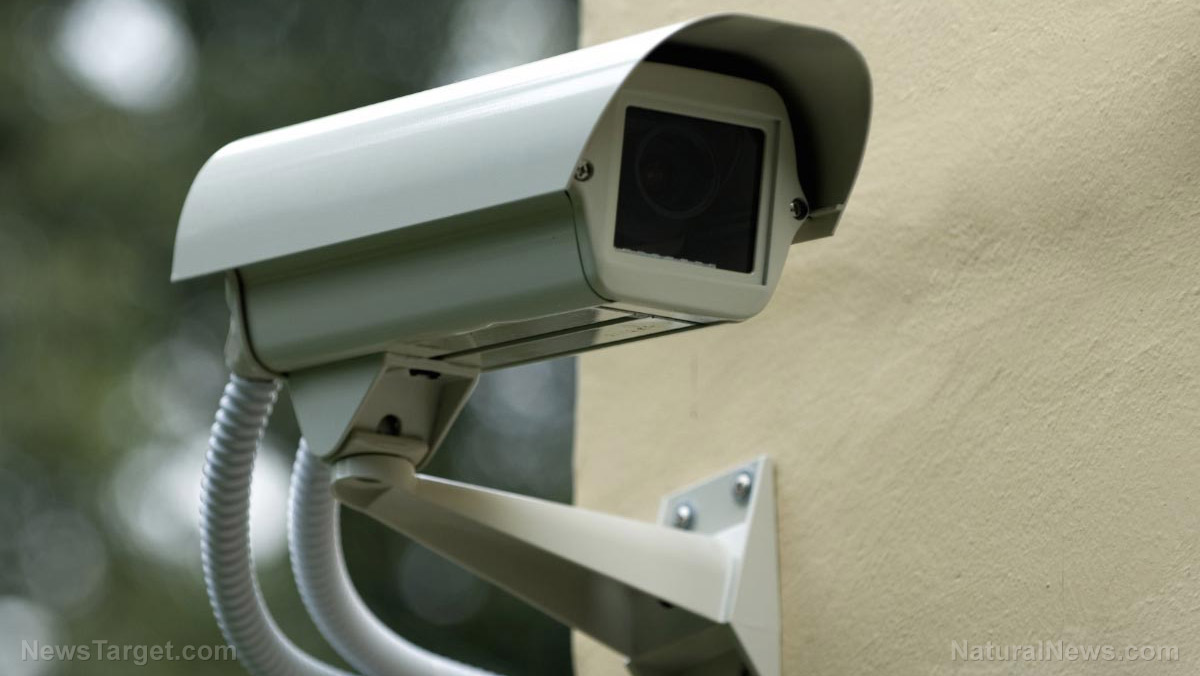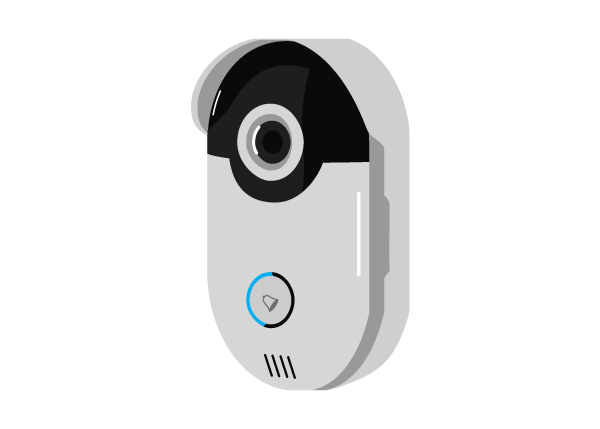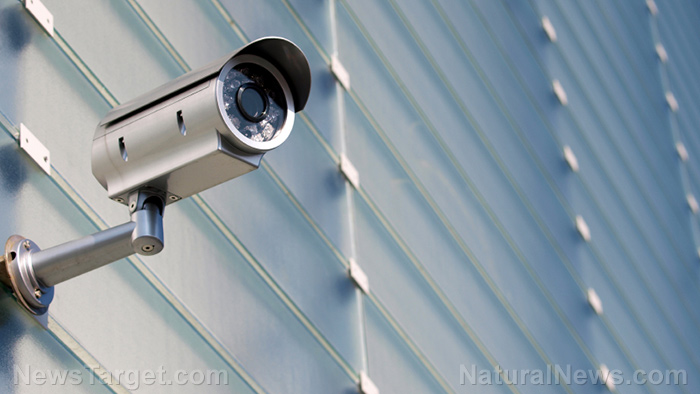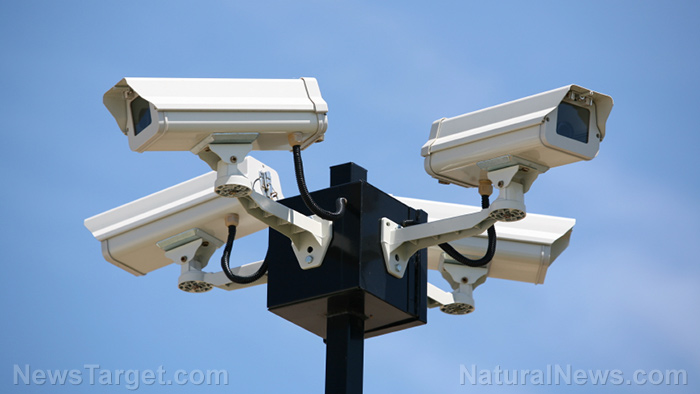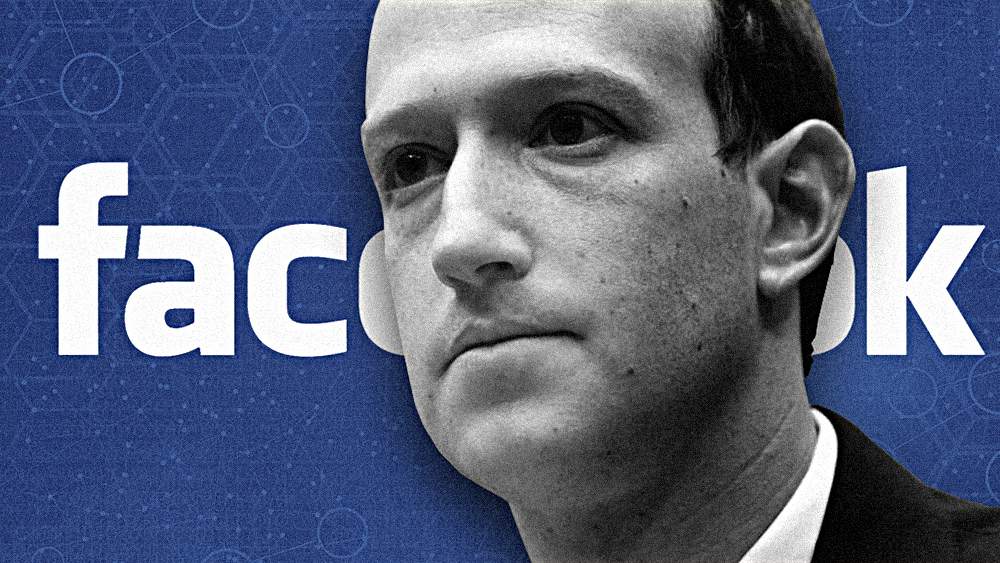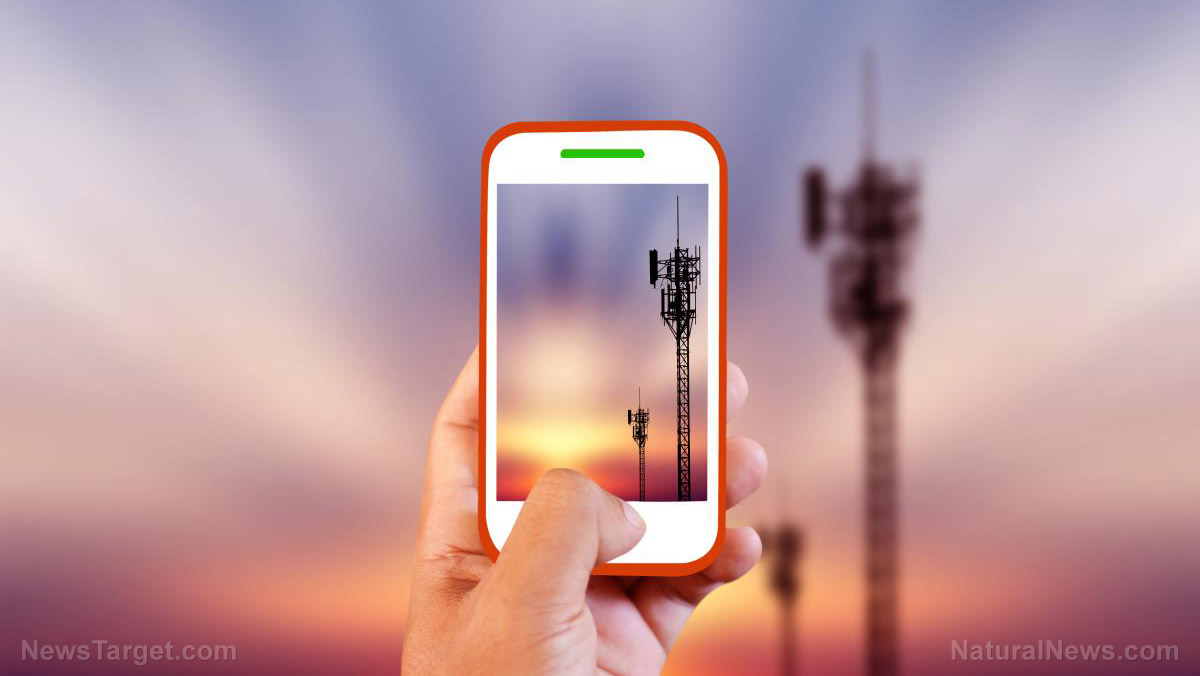
Phone cameras have come a long way. From capturing grainy photos to producing images nearly on par with DSLR cameras, they're an ever-evolving innovation. It's anyone's guess as to what the future holds for phone cameras. Some people believe that the phone cameras of tomorrow will become so advanced that they'll be able to see through walls.
That's what Daniel Faccio, a professor of Quantum Technologies at the University of Glasgow, and Stephen McLaughlin, Head of the School of Engineering and Physical Sciences at Heriot-Watt University, have asserted. To them, up-and-coming phone cameras will focus less on ramping up the megapixels and more on merging camera data and computational processing. Through this, images will only come into being after parsing light and mathematics.
They cited single-pixel cameras as an example. Instead of using multiple pixels and a single light source to capture an image, single-pixel cameras work off the exact opposite. These will create photographs by measuring the amount of light reflected for every illumination pattern. Of course, this means that one image may need scores of illumination patterns to come into being, making the act of photography more strenuous than it needs to be. But even that may not be a problem. Researchers from Massachusetts Institute of Technology (MIT) have discovered that rapid light pulses and time of flight sensors can relay more information for computation, exponentially speeding up the process. What typically requires thousands of exposures can be cut down to several dozen.
"These cameras could be used to take photos through fog or thick falling snow. Or they could mimic the eyes of some animals and automatically increase an image's resolution (the amount of detail it captures) depending on what's in the scene. It is even possible to capture images from light particles that have never even interacted with the object we want to photograph," explained Faccio and McLaughlin. (Related: Get superhero powers on your smartphone: New AI camera lets you see around corners)
In addition to single-pixel cameras, we can also look forward to multi-sensor cameras. The Hubble Space Telescope is an excellent example of this, as it can photograph various images at different wavelengths. Another example is the Lytro camera, which boasted the ability to refocus images after they've been taken.
"The next generation camera will probably look something like the Light L16 camera, which features ground-breaking technology based on more than ten different sensors," mused Faccio and McLaughlin. "Their data are combined using a computer to provide a 50 Mb, re-focusable and re-zoomable, professional-quality image. The camera itself looks like a very exciting Picasso interpretation of a crazy cellphone camera."
Will we have to wait long for these radical new technologies? Maybe not. The new iPhone makes use of face-scanning tech to protect the device. In addition, Apple has come up with a mobile operating system that will aid developers of augmented reality apps. This could be useful in a number of ways, according to the website IndiaTimes.com. For instance, it could make shopping for furniture much easier, as you could point your phone camera towards your living room and see how the virtual rendering of a coffee table would look in it.
While it's far from being able to see through walls or fog, these developments show that we're inching closer to achieving that level of sophisticated technological prowess.
Gain a better idea of the future we're heading towards by visiting Products.news today.
Sources include:
Please contact us for more information.















